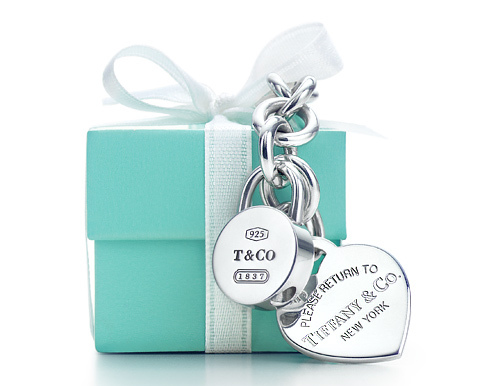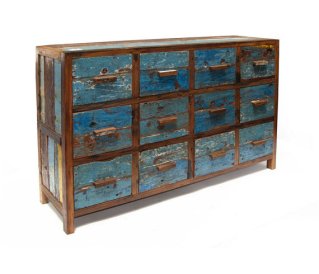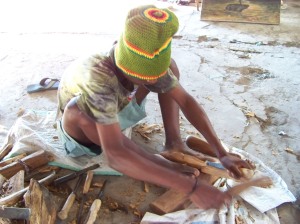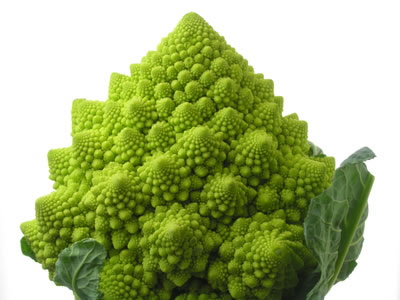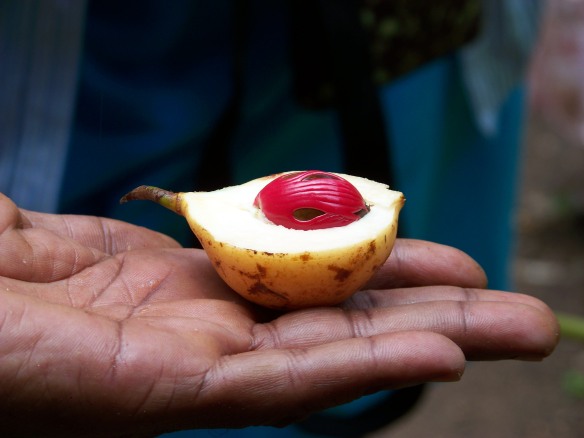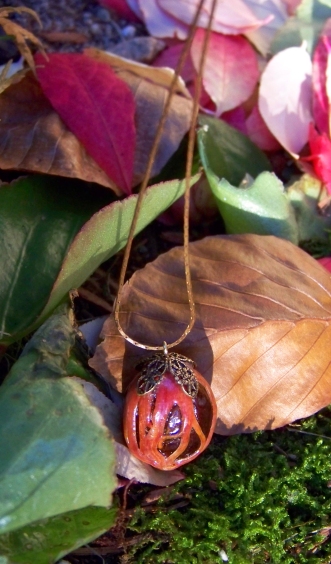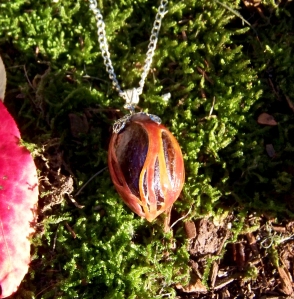Showing posts with label tanzania. Show all posts
Showing posts with label tanzania. Show all posts
Wednesday, May 23, 2012
Sunday, May 6, 2012
Controversy!
So, you folks know that I primarily sell Hieropice’s
wares on Etsy, a site for handmade crafts/art. The sale of vintage
goods (more than 20 years old) and supplies (for making art/craft) are
also sold on Etsy.
Periodically, the admins at Etsy will choose a shop to feature on their front page. They’ll interview the shop’s artisans, post their photos and photos of their work, all on Etsy’s homepage, and it typically gives a massive boost to a shop’s sales. Naturally, lots of us on Etsy would love to be featured!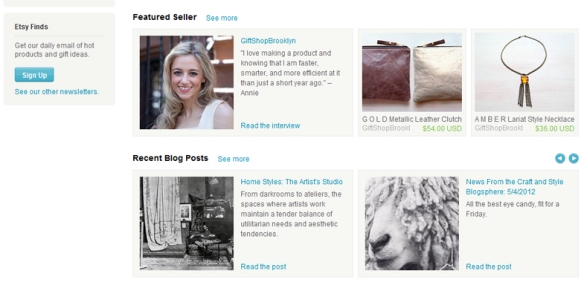
But recently, a controversy ensued over a shop Etsy chose to feature, called Ecologica Malibu, that specializes in furniture made from reclaimed wood from boats. The impression given from the original article, which has since been modified to reflect recent disclosures, was that the Etsy shop owner, Mariana, with the help of several artisans, was designing/hand-making the furniture sold on their Etsy page in a Malibu-based shop. But, for whatever reason, someone became suspicious about Ecologica, and investigated. Evidence was found that the furniture was being made overseas, arriving in the US and then being sold on Etsy, all without Mariana or her shop ever taking part in the process. The furniture was also sold in large quantities on other sites like Overstock.com, and bills of lading for Ecologica’s furniture shipments were discovered, which led other Etsy artisans to start questioning whether this qualified Ecologica as a reseller, or, a shop that re-sells mass-produced goods, which Etsy does not allow.
There was a lot of back-and-forth, with Ecologica’s lawyers, and their overseas shop’s rep, and Etsy’s admins, and Etsy’s other sellers, all calling foul. Etsy eventually did go back and edit the feature on Ecologica, stating that they qualify as a “collective,” which they do allow, though Ecologica had failed to disclose that when they were interviewed. The parameters of a collective seem fairly narrow according to Etsy’s faq, and doesn’t explicitly allow for one person to design a product that another person will make, which is what Ecologica claims they do (Mariana designs —> shop overseas makes —> Mariana sells). But the parameters don’t explicitly forbid that activity either, which has really irritated some Etsy sellers. They ask a valid question; if what Ecologica Malibu does is ok, does that mean a seller could, in theory, create a design, send it to an overseas sweatshop for manufacture, and sell the products on Etsy for a massive profit? Without the accountability for production, how to we preserve the “handmade” aspect of Etsy?
But the controversy also inspired other questions for me. Where do you draw the line? The vintage goods sold on Etsy have no “handmade” requirement, they can be, and usually are, factory-made, previously-purchased, resold goods. Do they violate the “resell”policy? Supplies almost always are factory-made, but are permitted for sale on Etsy. What about them? What qualifies as “mass-produced” goods, which Etsy doesn’t permit? A shop with 10 people working in it, making products? 25? I am hoping to one day, return to Tanzania, where I learned the technique/design behind Hieropice’s Maasai Beaded line, and work with local artisans to make the pieces Hieropice will sell.
As I mentioned in a previous post, the artisans I encountered there have immense talent, but nowhere no real market for their work, as the meager revenue from tourist sales doesn’t really cut it. I’m nowhere near being able to accomplish this goal, but, the Ecologica Malibu kerfuffle has made me think twice. Truly successful artists often get somewhat divorced from their work, like a Dale Chihuly, whose staff create and assemble artworks under his name, or a Wolfgang Puck, who owns a slew of famous restaurants bearing his name, but rarely cooks at any of them. I’m curious to know what you all think about this topic. You know, when you buy a Tiffany ring, Louis Comfort Tiffany had no part in making it. What is, and isn’t, an acceptable level of involvement of an artist in the creation of their work? Please comment.
Periodically, the admins at Etsy will choose a shop to feature on their front page. They’ll interview the shop’s artisans, post their photos and photos of their work, all on Etsy’s homepage, and it typically gives a massive boost to a shop’s sales. Naturally, lots of us on Etsy would love to be featured!

But recently, a controversy ensued over a shop Etsy chose to feature, called Ecologica Malibu, that specializes in furniture made from reclaimed wood from boats. The impression given from the original article, which has since been modified to reflect recent disclosures, was that the Etsy shop owner, Mariana, with the help of several artisans, was designing/hand-making the furniture sold on their Etsy page in a Malibu-based shop. But, for whatever reason, someone became suspicious about Ecologica, and investigated. Evidence was found that the furniture was being made overseas, arriving in the US and then being sold on Etsy, all without Mariana or her shop ever taking part in the process. The furniture was also sold in large quantities on other sites like Overstock.com, and bills of lading for Ecologica’s furniture shipments were discovered, which led other Etsy artisans to start questioning whether this qualified Ecologica as a reseller, or, a shop that re-sells mass-produced goods, which Etsy does not allow.
There was a lot of back-and-forth, with Ecologica’s lawyers, and their overseas shop’s rep, and Etsy’s admins, and Etsy’s other sellers, all calling foul. Etsy eventually did go back and edit the feature on Ecologica, stating that they qualify as a “collective,” which they do allow, though Ecologica had failed to disclose that when they were interviewed. The parameters of a collective seem fairly narrow according to Etsy’s faq, and doesn’t explicitly allow for one person to design a product that another person will make, which is what Ecologica claims they do (Mariana designs —> shop overseas makes —> Mariana sells). But the parameters don’t explicitly forbid that activity either, which has really irritated some Etsy sellers. They ask a valid question; if what Ecologica Malibu does is ok, does that mean a seller could, in theory, create a design, send it to an overseas sweatshop for manufacture, and sell the products on Etsy for a massive profit? Without the accountability for production, how to we preserve the “handmade” aspect of Etsy?
But the controversy also inspired other questions for me. Where do you draw the line? The vintage goods sold on Etsy have no “handmade” requirement, they can be, and usually are, factory-made, previously-purchased, resold goods. Do they violate the “resell”policy? Supplies almost always are factory-made, but are permitted for sale on Etsy. What about them? What qualifies as “mass-produced” goods, which Etsy doesn’t permit? A shop with 10 people working in it, making products? 25? I am hoping to one day, return to Tanzania, where I learned the technique/design behind Hieropice’s Maasai Beaded line, and work with local artisans to make the pieces Hieropice will sell.
As I mentioned in a previous post, the artisans I encountered there have immense talent, but nowhere no real market for their work, as the meager revenue from tourist sales doesn’t really cut it. I’m nowhere near being able to accomplish this goal, but, the Ecologica Malibu kerfuffle has made me think twice. Truly successful artists often get somewhat divorced from their work, like a Dale Chihuly, whose staff create and assemble artworks under his name, or a Wolfgang Puck, who owns a slew of famous restaurants bearing his name, but rarely cooks at any of them. I’m curious to know what you all think about this topic. You know, when you buy a Tiffany ring, Louis Comfort Tiffany had no part in making it. What is, and isn’t, an acceptable level of involvement of an artist in the creation of their work? Please comment.
Labels:
africa,
ecologica,
ecologica malibu,
etsy,
etsy controversy,
factory,
featured seller,
handmade,
handmade jewelry,
hieropice,
jewelry,
maasai,
maasai art,
maasai jewelry,
tanzania,
travel
Monday, April 30, 2012
An Ode to Nature
I have to say, I think nature does it best. The crazy, colorful, complex creations that spring up around us are better than anything I could create. My entire motivation in art-making is to attempt to capture some of that mysterious beauty, and make it wearable. I think I’ll spend the rest of my life trying, (and failing, really). But I try. And it’s intriguing to try, and to discover new imagery, new vistas, that seem like they should, and should always have been, worn.
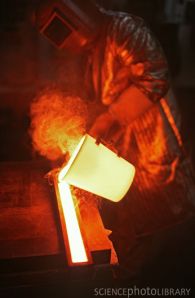 In creating, I like keeping close to the Earth, or as close to it as I can.
I love thinking about the origins of glass; inert sand and base
elements fired till molten, transforming into delicate transparency, as
ancient as we are, really. Who
figured it out first? Or mastered the art of it, somehow knowing how to
handle a material no one had ever witnessed before. It had to be
inherently frightening, and dangerous. I strive to create something new
like that, an innovation, that will be forever mysterious and
fascinating.
In creating, I like keeping close to the Earth, or as close to it as I can.
I love thinking about the origins of glass; inert sand and base
elements fired till molten, transforming into delicate transparency, as
ancient as we are, really. Who
figured it out first? Or mastered the art of it, somehow knowing how to
handle a material no one had ever witnessed before. It had to be
inherently frightening, and dangerous. I strive to create something new
like that, an innovation, that will be forever mysterious and
fascinating.I saw mace once, the raw, sheathed form of nutmeg. I thought it was incredibly beautiful, and how sad, that we only value the brown, ground spice from underneath, and most of us never get to see it in its natural form. What an incredible piece of jewelry it would make! When I went to Tanzania in 2010, I was so excited to go to a spice farm on the island of Zanzibar, and see where all of those fragrant/flavorful seasonings come from. We saw vanilla orchids and pepper vines, green and climbing upon the Zanzibar apple and cinnamon trees.
I smelled the root of the cinnamon tree, identical to the scent of Vicks Vapo-Rub. I squashed turmeric roots and curry leaves between my fingers leaving orange hues and spicy scents behind. And then, Mr. Abeid, of the spice farm’s title, held out a yellow bulb, spotted brown and unassuming, and sliced it in half to expose the scarlet mace beneath. It was my first site of it, fresh, and I was enamored. I couldn’t take Mr. Abeid’s fresh stock home, but happily purchased a pack of his dried mace to squirrel away in my suitcase.
Back in the states, I was at a bit of a loss as to how to handle the pods, preserve their color, hang them or showcase them to their fullest. I decided they were so beautiful on their own, I would just shellac them, and drill them to affix a beautiful bail, and hang them from a simple chain. The finished necklaces became some of my favorite pieces, attached to a wonderful memory of a far-off adventure.
I hope to go on more adventures, acquire more materials that bring the energy of their origins with them. Create more work, and send more out to you, with the hope that that energy carries through.
Thursday, April 5, 2012
The Sources of Inspiration
Tanzanian flag bracelet, in Chidi's stall
In Chidi's arts/crafts stall, with the group
We would meet in a local artist, Chidi’s, arts/crafts stall, set up on the side of a dirt road. It was filled with his paintings, and jewelry, instruments, and housewares made by members of the Maasai tribe. He was selling the items to the occasional tourist who passed by, but considering how infrequently that happened, he was willing to loan the stall to us for our morning sessions.
Coasters, laid-out on the mat in Tanzania
Original earring on left, my repro on right
After I lost yet another earring from a second original Maasai-made pair, I realized it was the flimsy earwires that were the culprits, and knew modifications were needed for sale to a Western audience. While the traditional earrings were beautiful, they were created in an environment with limited resources and a different esthetic, and I wanted to utilize better quality materials like semi-precious stones, sterling silver, and rocaille glass beads. I wanted to add a bit sparkle, for the more glamorously-inclined woman. I began offering my pieces on Etsy, at my shop, Hieropice, and the rest was history! I’ve been creating new and interesting versions ever since, blending different colors and altering the shape.
With lurve, Dara
Subscribe to:
Posts (Atom)

